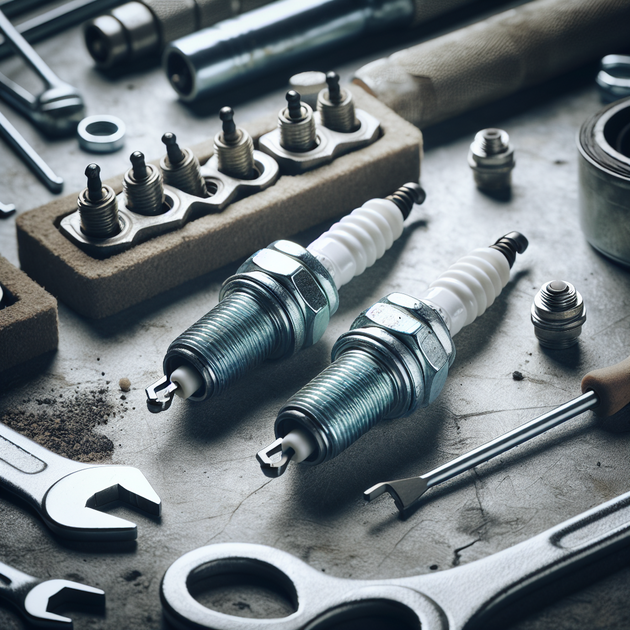What does a little corrosion on your spark plugs actually mean for your engine—and your wallet? With a mechanic quoting $350 to swap them out and a photo that doesn’t look too alarming, it’s natural to wonder if you really need to replace those spark plugs right now.
Understanding Spark Plug Corrosion
Spark plugs play a crucial role in keeping your car running smoothly. They ignite the air-fuel mixture in the engine cylinders. Over time, though, they do wear out—and sometimes corrode. Corrosion is usually caused by moisture or oil getting into places it shouldn’t be. But not all corrosion spells disaster.
You might see rust-colored deposits or even some white ashy spots on the metal parts. While serious corrosion can cause misfires and hard starts (and should definitely be addressed), minor surface discoloration doesn’t always mean immediate failure. According to Consumer Reports, many modern spark plugs can last up to 100,000 miles under normal conditions.
Mechanic Quotes vs. DIY Spark Plug Replacement
Getting quoted $350 for a spark plug job can feel steep—especially if you’re handy with basic tools. So what’s behind that price tag?
– Labor costs at most shops
– Markup on parts
– Potential “shop fees” or diagnostic charges
– Sometimes bundled with other minor services
If your car isn’t running rough or showing warning lights, you might not need immediate action. Still, check your manufacturer’s recommended interval (often found in the owner’s manual). If you’re close to that mileage or notice any of these symptoms:
- Rough idling
- Trouble starting the engine
- Poor acceleration
- Check engine light (especially codes P0300-P0308)
- Increased fuel consumption
…it could be time for new plugs.
What Does It Take to Replace Spark Plugs Yourself?
DIY spark plug replacement is one of those jobs many folks can handle with patience and the right tools. Here’s what you’ll generally need:
- Spark plug socket (with rubber insert)
- Socket wrench and extension
- Torque wrench (to ensure proper tightness)
- A gap gauge (if your new plugs aren’t pre-gapped)
- Anti-seize compound (sometimes recommended)
- A steady hand!
For most vehicles—especially four-cylinders—this job takes about 30–60 minutes. Six-cylinder engines may be trickier if access is tight. If you’re curious about step-by-step instructions or want an overview before starting, check out this spark plug replacement guide from Popular Mechanics. Just be sure to let the engine cool before diving in; hot engines burn!
Anecdote: When “Fine for Now” Worked—And When It Didn’t
A friend once got a similar photo from their shop—rusty-looking plugs but no warning lights or rough running. He decided to hold off after checking his owner’s manual and watching some tutorials online. No issues for another 10 months—but when he did finally change them himself, performance improved noticeably! On the flip side, another driver ignored more severe corrosion signs (and stalling) and ended up stranded one morning with a dead cylinder.
The lesson? Weigh what you see against how the car behaves and don’t ignore persistent trouble signs.
Should You Replace Your Spark Plugs Right Now?
So—should those slightly corroded spark plugs be replaced ASAP? If there are no symptoms and your car is within its service interval range, it’s probably safe to wait a bit but keep an eye (and ear) out for changes in performance. If you’re near or past that interval—or want peace of mind—a DIY approach could save hundreds compared to the shop quote.
Here are some quick tips before deciding:
- Check your mileage against manufacturer recommendations.
- Inspect for obvious damage like cracked porcelain or heavy buildup.
- If unsure about severity of corrosion, ask another mechanic for a second opinion.
- If trying DIY for the first time, watch trusted video tutorials specific to your vehicle model.
- If symptoms appear suddenly (rough running or starting trouble), act sooner rather than later.
Regular maintenance keeps cars running longer—and not every part needs changing at the first sign of age.
Curious about other common DIY auto repairs that save cash? Or have you tackled this job yourself already? Share your experience below!

Leave a Reply